Vankka J., Halonen K.951-22-5232-5
Direct Digital Synthesizers: Theory, Design and Applications
Free Download
Authors: Vankka J., Halonen K.
ISBN: 951-22-5232-5
Size: 5 MB (5016279 bytes)
Pages: 208/208
File format: pdf
Language: English
Publishing Year: 2000
Direct Download: Coming soon..
Download link:
Category: Technique , Instrument
Tags: >>Авторефераты и диссертации, Приборостроение, Теория электросвязи (ТЭС)Sign in to view hidden content.
Be the first to review “Direct Digital Synthesizers: Theory, Design and Applications” Cancel reply
You must be logged in to post a review.
Related products
- Technique , Instrument
Использование распознования образов для обработки и восстановления музыкальных сигналов
Free Download - Psychology , Pedagogy
Теория и практика формирования здорового образа жизни учащихся и студентов в системе Школа-ВУЗ(Автореферат)
Free Download - Technique , Instrument
Разработка метода и технологии получения субмикронных сверпроводящих тунельных переходов для низкотемпературных информационно-измерительных приборов
Free Download - Computers , Information Systems
Распределенная компьютерная система сбора и математической обработки электрофизиологических сигналов
Free Download
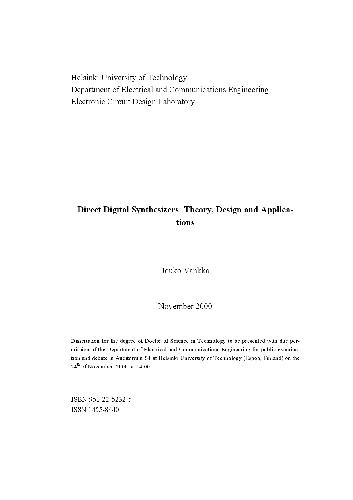
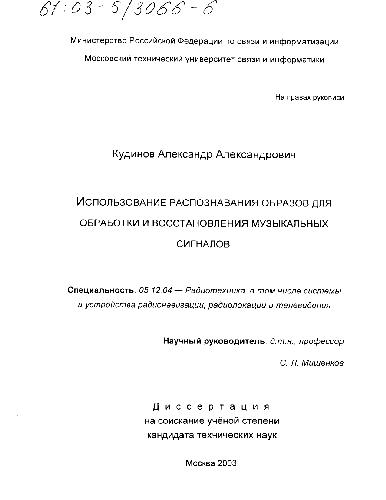
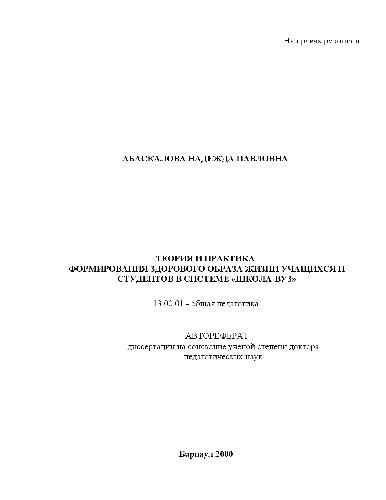
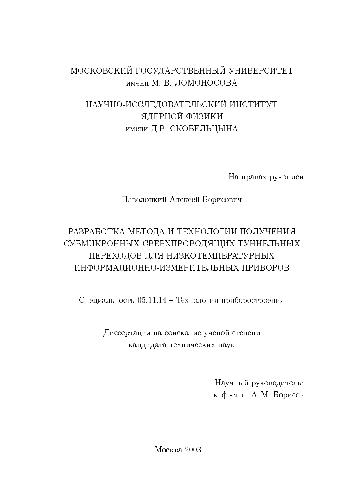
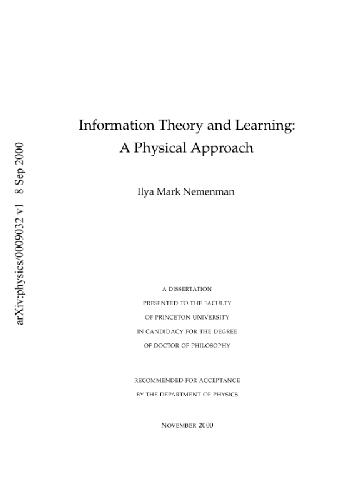
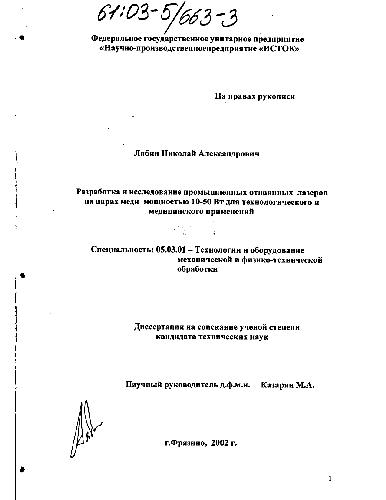
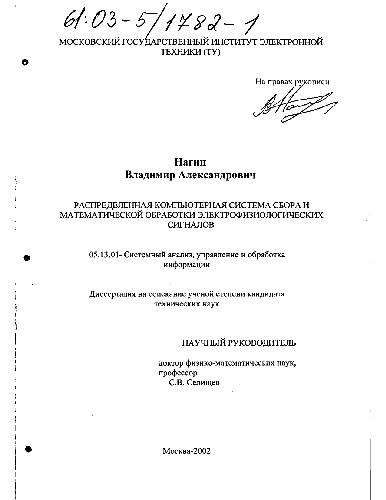
Reviews
There are no reviews yet.